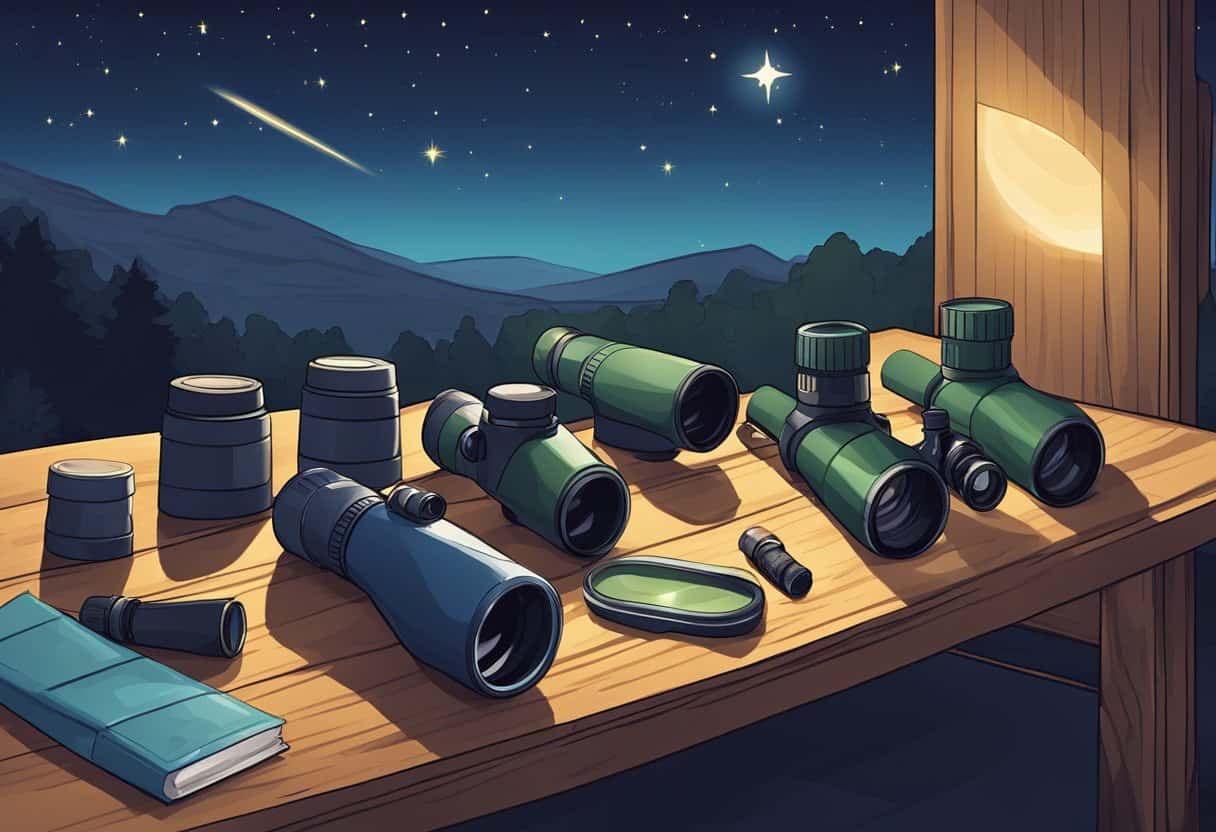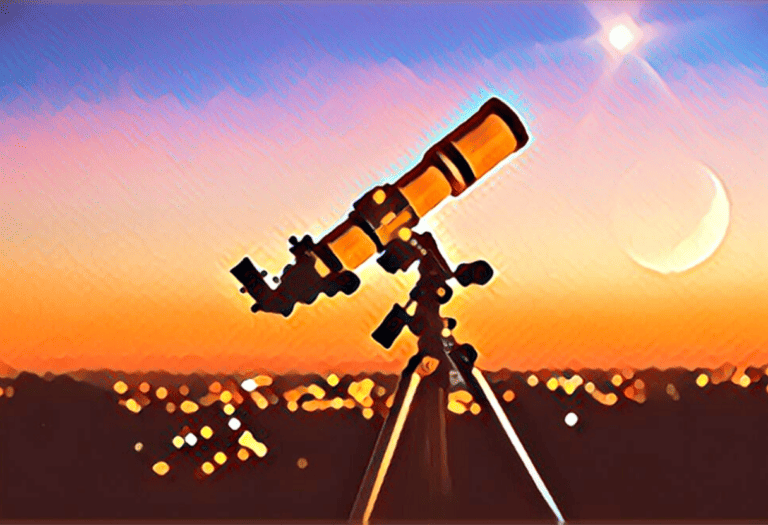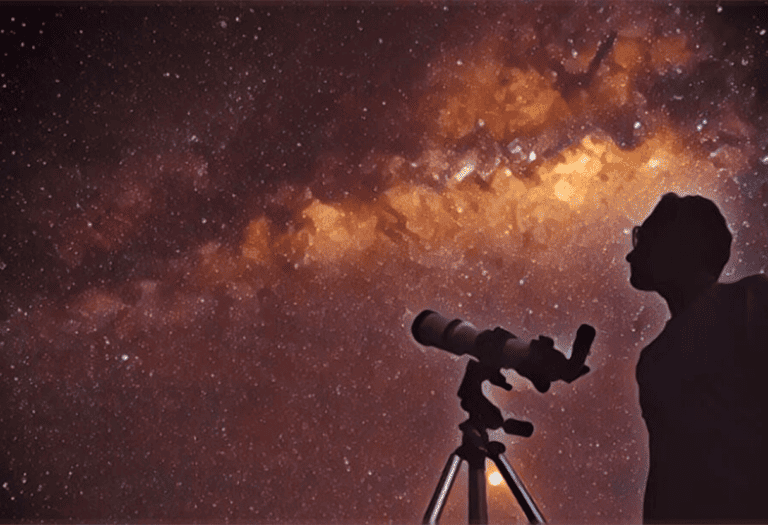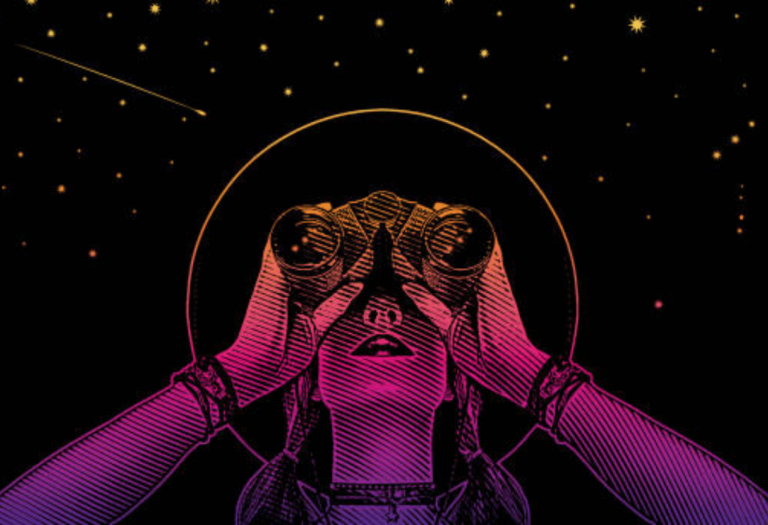When venturing into the world of astronomy, the first tools that often come to mind are telescopes.
However, many budding astronomers and casual stargazers might be surprised to find that binoculars can also be powerful aids in exploring the night sky. In fact, astronomical binoculars are widely regarded as versatile and user-friendly tools for stargazing. They offer a wider field of view than telescopes, making them ideal for sweeping the Milky Way or spotting meteor showers.
On the other side of the spectrum, spotting scopes offer higher magnification and more detailed views of celestial objects, making them a preferred choice for many when it comes to observing planets and the moon, or even distant galaxies and nebulae under the right conditions. The choice between binoculars and spotting scopes depends largely on what you aim to observe, the ease of portability you require, and how much detail you want to see.
As astronomy enthusiasts delve into their hobbies, they often consider factors such as magnification, field of view, portability, ease of use, and cost, which are pivotal when choosing between binoculars and spotting scopes.
For stargazing, binoculars offer a wide field of view, perfect for scanning the sky and spotting meteor showers. Spotting scopes provide higher magnification, ideal for detailed observations of planets and the moon. Choose based on your observing preferences, desired portability, and budget.
Overview of Binoculars for Astronomy
When you venture into astronomy, binoculars can be your initial guide to the stars. They are versatile and user-friendly tools that provide a wide field of view for sweeping the night sky.
Advantages of Using Binoculars
- Portability: Your astronomical binoculars are more portable than telescopes, making them ideal for impromptu stargazing sessions. Their compact size allows you to easily carry them to dark sky locations.
- Ease of Use: Binoculars require minimal setup time. You can use them right away, without the need for complicated adjustments.
- Wide Field of View: They offer a generous field of view, which is essential for observing large star clusters and galaxies.
- Versatility: Binoculars are multi-purpose; you can use the same pair for both daytime and nighttime observations.
- Affordability: Generally, a good pair of astronomical binoculars will be less expensive than a telescope with comparable optical quality.
Limitations of Binoculars in Astronomy
- Magnification: Binoculars typically have lower magnification than telescopes, which limits detailed observations of planets or distant galaxies.
- Light Gathering: While models like the 7 × 50 and 10 × 50 binoculars are popular for their light-gathering capabilities, they still fall short compared to larger telescopes, affecting your ability to see faint objects.
- Stability: For higher magnifications, you may need a tripod to stabilize the view, as hand-holding binoculars can lead to a shaky image.
- Long-Duration Observation: Holding binoculars up for extended periods can be tiring, and a telescope may offer a more comfortable viewing experience.
Understanding Spotting Scopes
A spotting scope is a powerful tool in astronomy, offering unique features geared towards distant terrestrial (and sometimes celestial) observation.
Key Features of Spotting Scopes
Spotting scopes are designed with specific characteristics that make them suitable for detailed observation of distant objects. You’ll find that these devices typically feature:
- High Magnification: Spotting scopes provide higher magnification levels compared to binoculars, which is essential for observing astronomical objects in greater detail.
- Large Objective Lens: The larger the objective lens, the more light gathering capability the scope has, leading to brighter and clearer images of stars, planets, and other celestial bodies.
- Compact Size: These scopes tend to be more compact than telescopes, making them portable and easier to manage when you’re on the move.
- Angled or Straight Eyepieces: You can choose between angled or straight eyepieces based on your preference and comfort during extended viewing sessions.
When to Use a Spotting Scope for Astronomy
You should consider using a spotting scope for astronomy in the following scenarios:
- Daytime Observation: If you’re interested in observing objects like the Moon or planets when they are visible during daylight, a spotting scope’s high contrast and resolution can be advantageous.
- Limited Space or Mobility: Their compact size makes spotting scopes ideal if you have limited storage space or need a lightweight option that is easy to carry.
- Dual-Purpose Viewing: If you require a scope that can be used for both terrestrial and celestial viewing, a spotting scope offers the flexibility needed for both disciplines without the need for additional equipment.
Comparison of Binoculars and Spotting Scopes
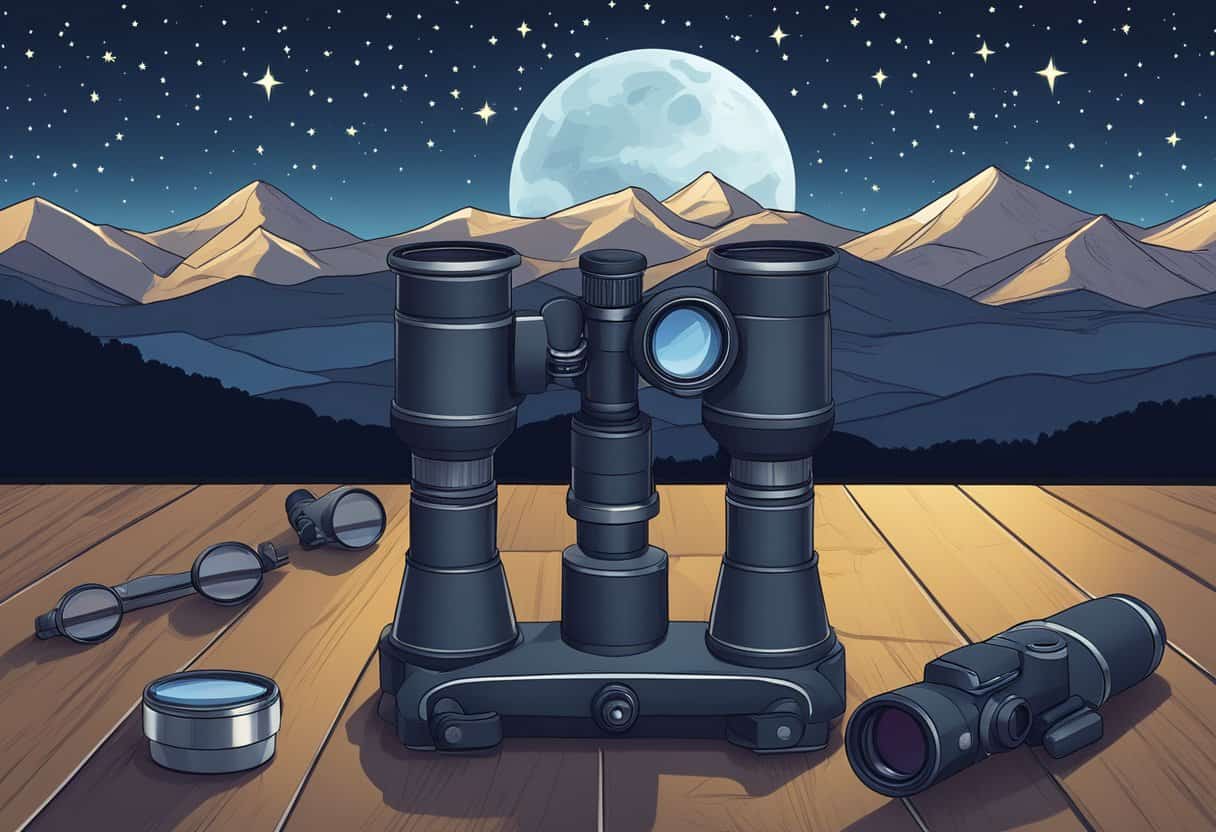
When exploring the night sky, choosing the right equipment is crucial. Understand the specifics of binoculars and spotting scopes to enhance your astronomical experience.
Optical Performance
Binoculars are known for their wide field of view, making them ideal for scanning the night sky and viewing star clusters. They provide a 3-dimensional view due to having separate lenses for each eye, which can enhance the depth of what you see. In contrast, spotting scopes offer a higher magnification with finer detail on individual celestial objects, such as planets, making them superior for detailed observations of the moon’s surface or planet’s rings.
Portability and Ease of Use
Binoculars are lightweight and require no setup, making them the most portable and easiest to use for impromptu stargazing sessions. You can hand-hold them, which adds to their convenience. Spotting scopes, on the other hand, require a tripod for stability due to their higher magnification and are generally more cumbersome to transport.
Magnification and Field of View
While binoculars typically range from 7x to 10x magnification and give a generous field of view, spotting scopes offer magnifications upwards of 20x to 60x. However, spotting scopes will have a much narrower field of view at these higher magnifications. This means that binoculars allow you to see more of the sky at once, while spotting scopes let you focus on smaller areas in greater detail.
Cost Considerations
The cost of binoculars and spotting scopes can vary widely. You can find entry-level binoculars at a lower cost compared to entry-level spotting scopes. However, high-quality binoculars that are suitable for serious astronomical observation can be quite expensive. Spotting scopes tend to start at a higher price point, but their specialized design for detailed observations can justify the investment if your main interest lies in observing finer details.
Choosing the Right Equipment
Selecting the right astronomical equipment involves balancing factors such as cost, portability, and application, along with your own observing skills.
Factors to Consider
When choosing between binoculars and a spotting scope for astronomy, you should assess the portability, ease of use, and optical power. Binoculars are generally more portable and intuitive to use, making them ideal for spontaneous stargazing. Spotting scopes, on the other hand, offer higher magnification and finer control, better suited for detailed observation of celestial objects.
- Portability: Binoculars are lightweight and easy to carry.
- Ease of Use: They require no setup and are straightforward to point and focus.
- Optical Power: Spotting scopes have higher magnification but are bulkier and require a tripod.
Recommendations for Beginners
If you are just starting out, a pair of quality binoculars can be the most practical choice. They offer a wide field of view which is essential for learning the night sky. Consider binoculars with a comfortable grip and large objective lens to gather more light for a better viewing experience.
- Objective Lens: Look for binoculars with at least 50mm diameter lenses.
- Magnification: 7x to 10x magnification is sufficient for most beginners.
Advanced Considerations for Seasoned Astronomers
As you gain experience, you might seek a specialized setup, perhaps a spotting scope or a higher-end pair of binoculars designed for astronomical use. Advanced users benefit from the additional clarity and detail provided by these tools. Star Ware: The Amateur Astronomer’s Guide can guide you through advanced equipment aspects.
- High Magnification: Spotting scopes can offer 20x to 60x magnification or even more.
- Attachments: Look for the possibility to add filters, cameras or other accessories.
Accessories and Enhancements
Optimizing your stargazing begins with the right gear. Specific accessories can enhance the functionality of your binoculars and spotting scopes, significantly improving your astronomical observations.
Essential Accessories for Binoculars
To ensure the best experience with your binoculars, consider these crucial accessories:
- Tripod Adapter: Secure your binoculars to a tripod for stable, hands-free viewing.
- Lens Filters: Attach lens filters to block light pollution and enhance contrast for clearer celestial viewing.
Must-Have Spotting Scope Add-Ons
Spotting scopes can be elevated with these essential add-ons:
- Eyepieces: Swap eyepieces for different magnification levels to bring celestial objects into focus.
- Digiscoping Adapters: Connect a camera to your spotting scope to capture distant astronomical events.
Improving Your Viewing Experience
To further enhance your stargazing:
- Carrying Cases: Always protect your equipment with padded cases during transport.
- Cleaning Kits: Keep a cleaning kit on hand for lens maintenance to ensure crisp and clear viewing.
Frequently Asked Questions
When choosing between binoculars and spotting scopes for stargazing, each has distinct advantages and considerations depending on the specific use case, from casual sky observing to more dedicated astronomical study.
What are the advantages of using binoculars for stargazing compared to spotting scopes?
Binoculars for stargazing offer wide fields of view which make it easier for you to locate celestial objects and enjoy expansive views of the night sky. They are portable, typically more affordable, and intuitive to use since they allow you to use both eyes, giving a 3D-like effect.
How does a spotting scope perform for astronomical observations?
A spotting scope can provide you with high magnification and detailed views of the planets and the moon. It is optimal for focused observations of specific celestial bodies, but generally has a narrower field of view compared to binoculars.
What should one look for in a spotting scope when intending to use it for both astronomy and bird watching?
When you’re looking for a spotting scope to serve both bird watching and astronomy, prioritize models with a large objective lens for good light gathering capability, a sturdy tripod for stability, and a zoom eyepiece to switch between high and low magnification.
Which is more suitable for hunting and bird watching: spotting scopes or binoculars?
For hunting and bird watching, binoculars are generally more suitable due to their wide field of view, ease of handling, and quick mobility necessary for tracking animals on the move. Spotting scopes can be used when you’re stationary and require detailed, high-magnification views.
What features make a spotting scope the best choice for astronomy within a budget?
The best spotting scope for astronomy on a budget should offer a high-quality lens with good light transmission, a reliable focusing mechanism, and a sturdy mount. Look for scopes with at least an 80mm objective diameter for better low-light performance.
In what scenarios would a telescope be preferable over binoculars and spotting scopes for astronomy?
You would prefer a telescope over binoculars and spotting scopes for more serious astronomical work that requires precise tracking, high magnification, and the capability to add various accessories such as filters or cameras. Telescopes excel in deep-sky observations and detailed planetary viewing.

